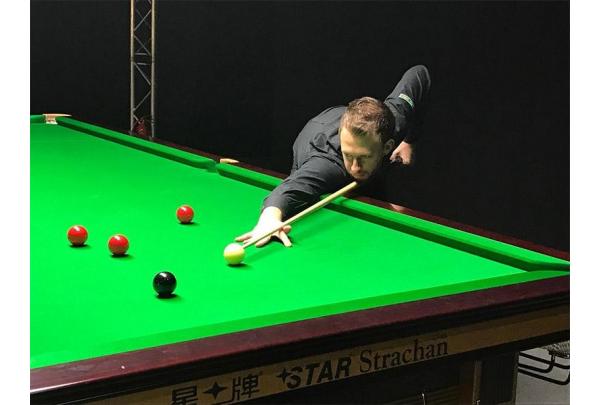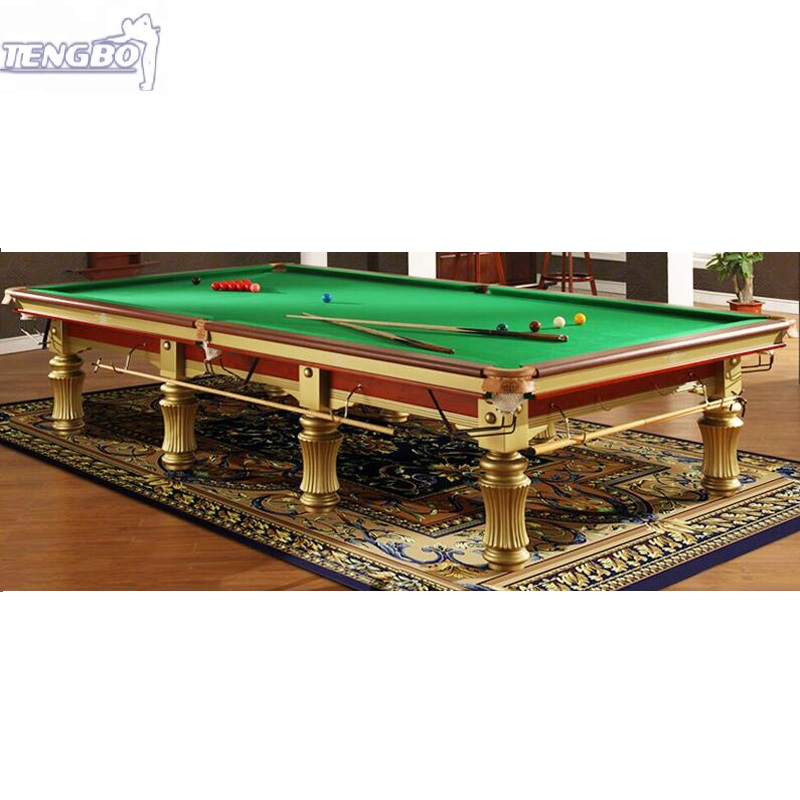
Depending on the manufacturer and the type of plastic or resin used, pool balls can have a wide range of designs and colors. The quality of your pool ball is crucial to playing well and for professional players. A set of high-quality balls will last a lifetime.
The first pool balls were made out of wood. As the game evolved and manufacturers began to look for better options to meet high-quality demand, pool balls became more popular. In the 17th century, pool balls were made of ivory, which was popular because it was sturdy and smooth. It was also quite affordable to make. Manufacturers looked for other alternatives as the elephant population declined during the latter part of the 19th Century.

Leo Baekeland (an American chemist) created a new type of plastic in 1907. In the 1920s, bakelite was popular as a choice for pool balls. Bakelite was much more stable and less flammable than celluloid. It was easy to make and didn't explode. While it is a type plastic, it is not as strong as today's resin. It is a thermosetting material that can't be melted again.
The next type of pool ball to be created was a plastic that is a mixture of nitrocellulose and alcohol. This resin is still used today, and it is called phenolic resin. Phenolic resin is also used for circuit boards. The resin is strong and robust, making it the preferred material for pool balls. The resin is used in the manufacture of pool balls using a process similar that of bakelite.
Polyester is another material that can be used to make pool balls. Polyester is more affordable than phenolic. However, it does not maintain its shine for as long as phenolic resin. In addition, polyester is not very durable. Polyester pool balls wear faster than other types of ball. They don't last as long as phenolic or resin balls.
Saluc, a Belgian firm that specialized in pool balls, was established in 1923. Saluc is best known for Aramith, a company that makes pure phenolic-resin balls. Aramith balls have a mixture of phenolic resin and bakelite. Phenolic resin is a thermosetting plastic that is usually very durable. It can last up 40 years. It can also be used for volleyball balls, which are durable and can withstand up to 400,000 impacts.

Other than the ones mentioned, there are many types of plastic used in making pool balls. For instance, polyester pool balls are inexpensive, but are not as strong as phenolic resin balls. Additionally, polyester pool ball will not last as long phenolic resin pool balls. But they are affordable enough and durable enough to be used for beginners. While phenolic resin pool balls make the best choice for tournaments, they can be quite expensive.